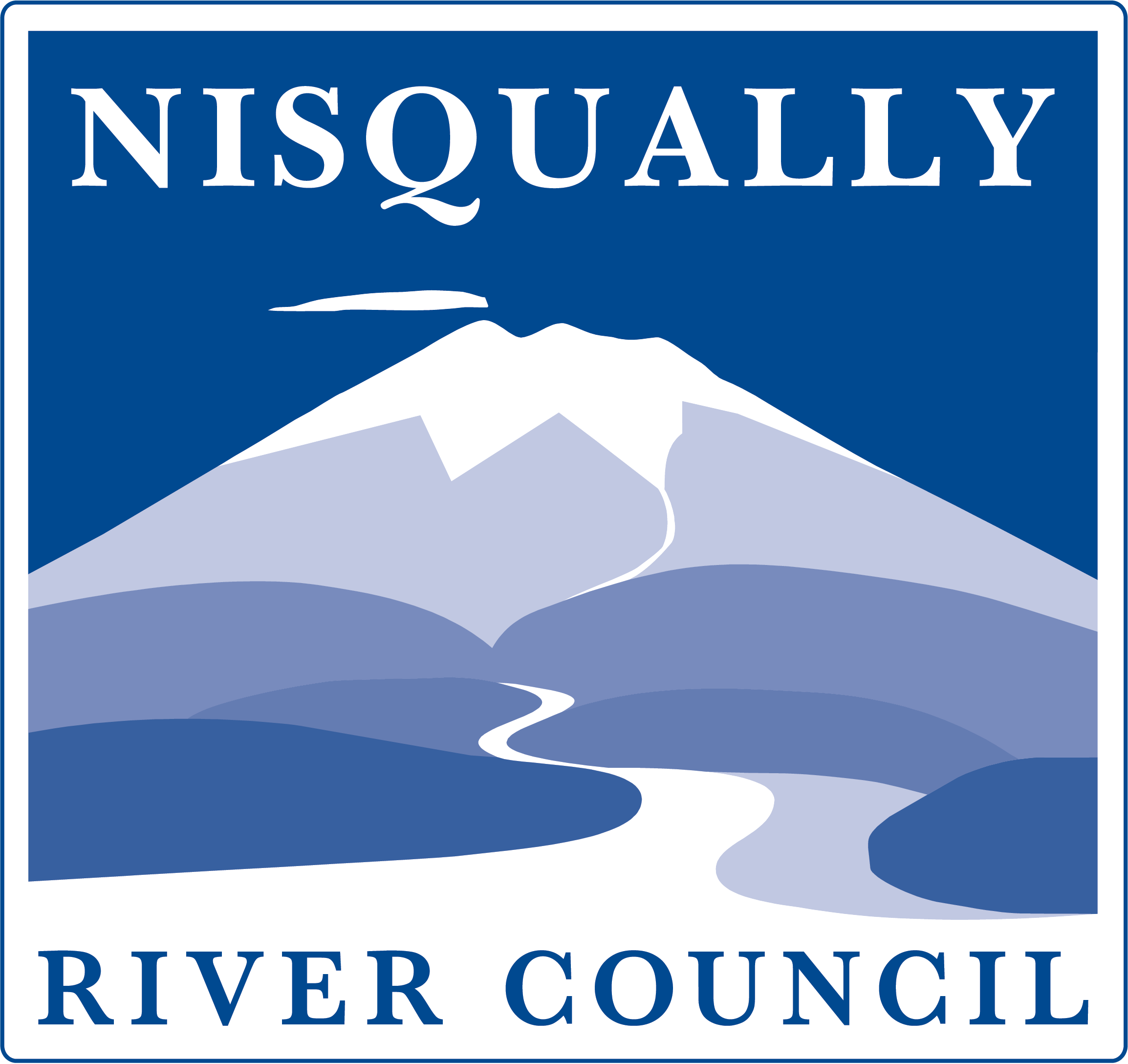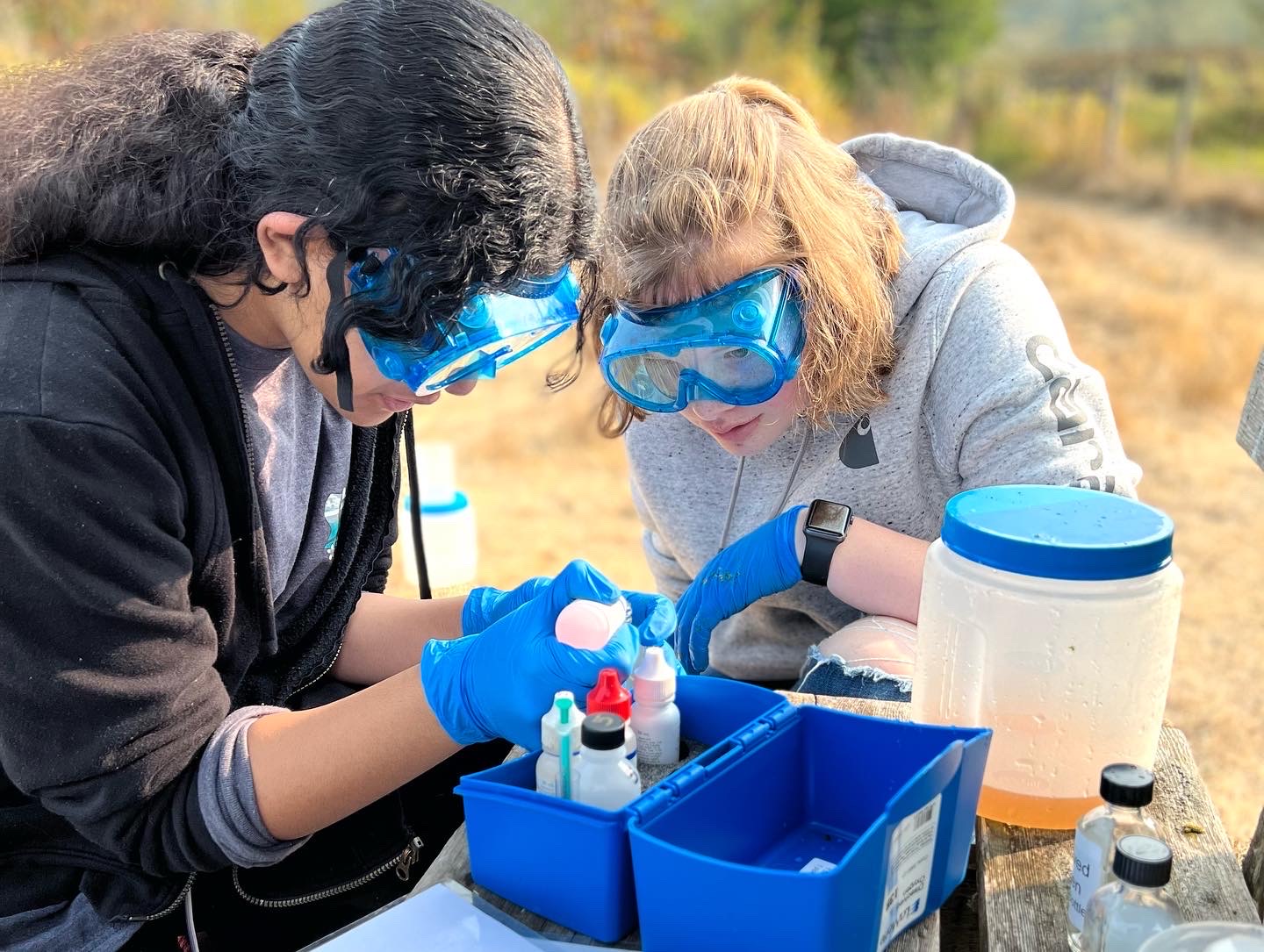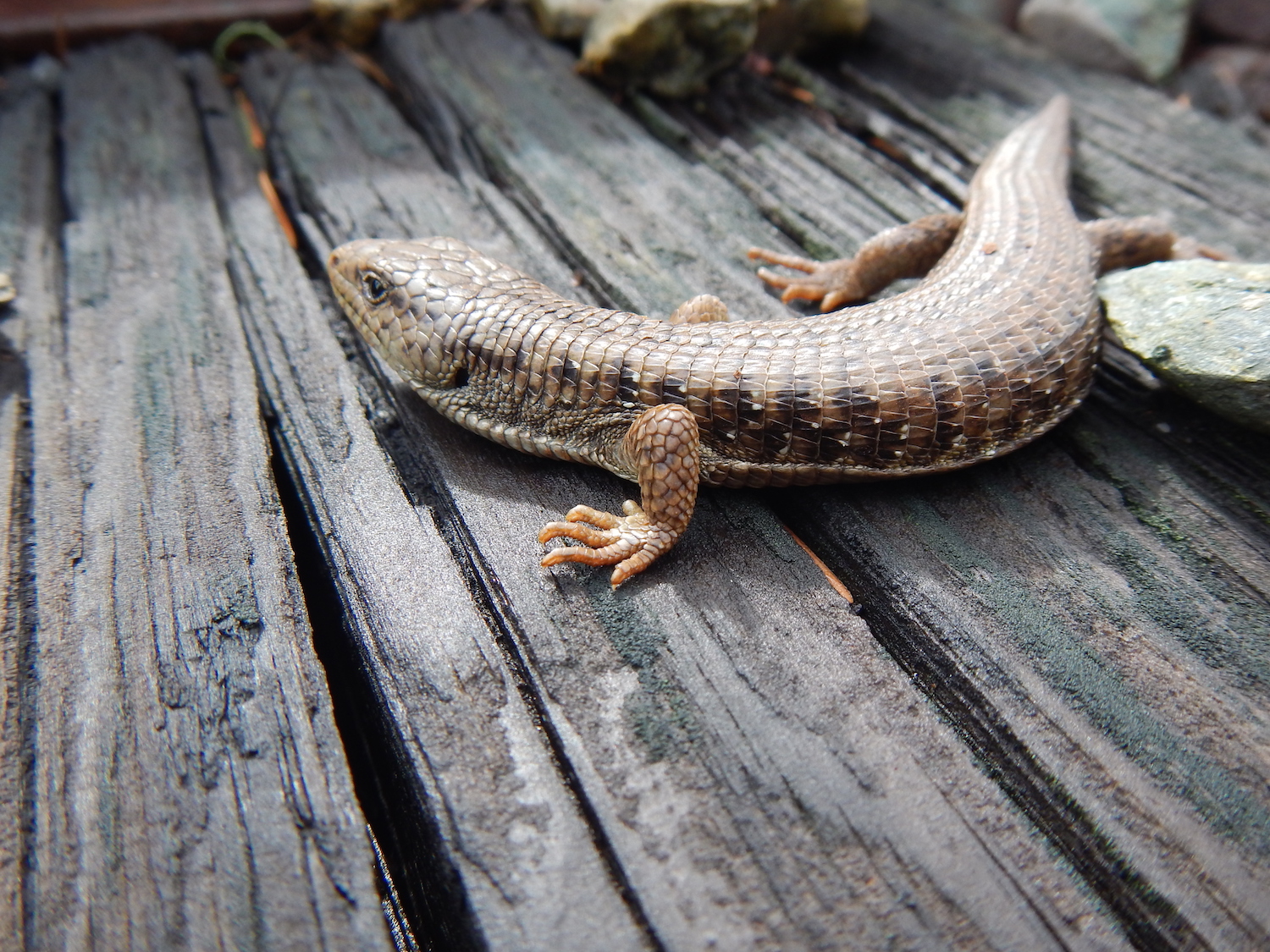Have you ever wondered what it’s like to become a Nisqually Stream Steward volunteer? Sherry McCabe, 2016 NSS graduate, offers her perspective in this week’s blog post. Thanks for your insight, Sherry–we are so glad to have you be a part of our watershed community!
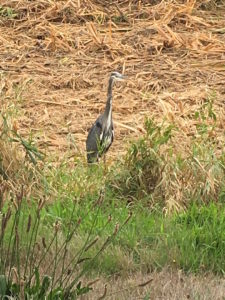
It’s a dry, sunny, summer day. Great blue herons, song sparrows, and bald eagles are flying overhead. A group of us are walking around the Nisqually National Wildlife Refuge identifying native plants of the pacific northwest. Look, there are beavers swimming nearby!
The Nisqually watershed starts atop Mount Rainier and ends at the delta in Puget Sound where the Nisqually Wildlife Refuge sits. One of only 565 refuges in the country, this refuge protects some of the Pacific Northwest’s most iconic species and plays its part in protecting the inter-continental migratory bird pathway. It’s beautiful and seems remote but this particular refuge is unique in that it is located amidst a growing number of communities and is part of a watershed that hosts a large number of people residing within it, including Joint Base Lewis – McChord. In July, I, along with a great group of people all with different motivations but similar intentions, started our journey to becoming a Nisqually Stream Steward and learning more about the ecosystem of which we are a part of.
The Nisqually Stream Steward program is an excellent way to observe, experience, and learn about this important place in the northwest. The program offers amazing presenters from different organizations working in the field and fun and thought-provoking hands-on exercises. A group of like-minded individuals spent eight weeks doing things like water quality monitoring in the Nisqually River, bird and plant identification, nature mapping with Northwest Trek in the Ohop Valley, timbering in the University of Washington Pack Forest, and hiking to the Nisqually Glacier in Mount Rainier National Park. Over the course of eight weeks’ new ways of looking at ourselves and our choices as well as new friendships were formed.
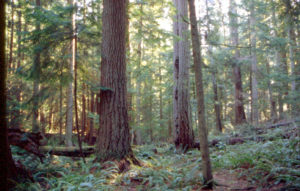
From Mt. Rainier to the Salish Sea, the Nisqually Watershed and the people who love it are working to find a synergistic relationship between humans and nature. Look around, look above, look down, there is life everywhere, an ecosystem we are all a part of. If everyone could learn about the role they play in the ecosystem we may be able to someday live harmoniously in it; the Nisqually Stream Steward program offers that opportunity.
Back at the refuge and its low tide, all most people see is mud but did you know that within this estuarine mud there is more life than anywhere else? When you look above, can you identify the birds flying overhead? Did you know that the pigeon guillemot is an indicator species of the health of Puget Sound? And, that there are four endangered species that live in prairies in the south sound? Learn all this and much more, enroll in the Nisqually Stream Steward program!
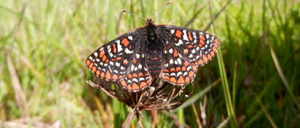
NSS is a program of the Nisqually Indian Tribe and Nisqually River Council. Offered once per year, NSS volunteers receive 40+ hours of free training in exchange for 40+ hours of volunteer service over the next year. During the 8-week class, NSS participants travel from Mount Rainier National Park and the headwaters of the Nisqually River, to the Billy Frank Jr. Nisqually National Wildlife Refuge and the mouth of the Nisqually River. Participants learn about the people, plants and animals of the Nisqually Watershed while having fun along the way!
The next NSS class will be offered in the fall of 2017. If you’d like to be put on the mailing list, or would like more information, please email us at streamstewards@nisquallyriver.org!
